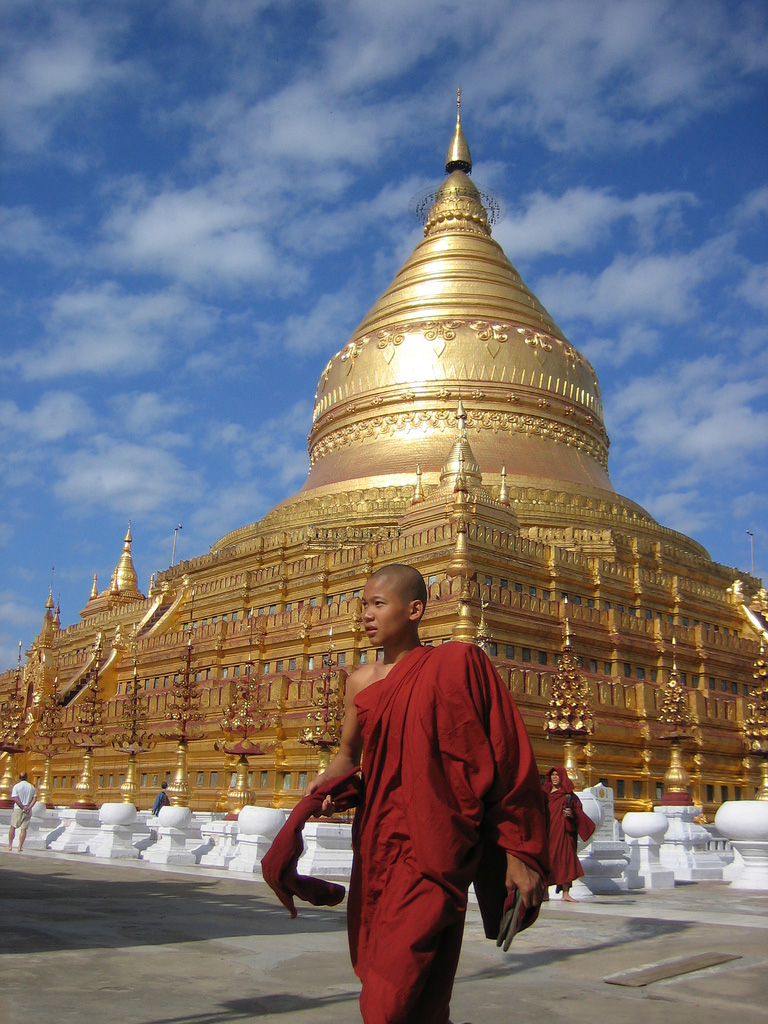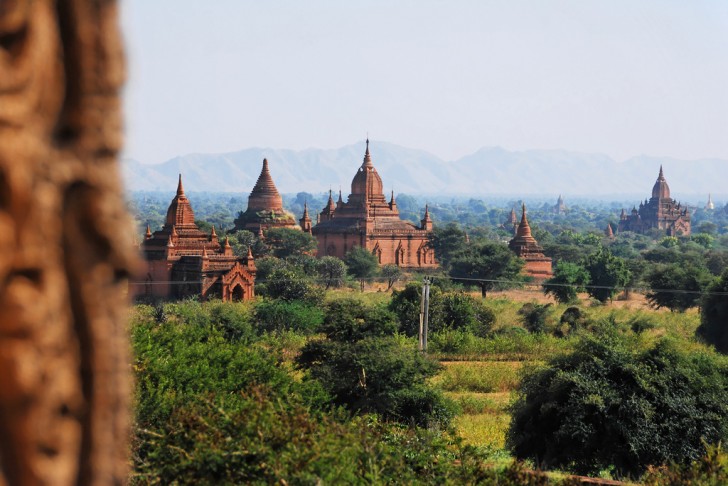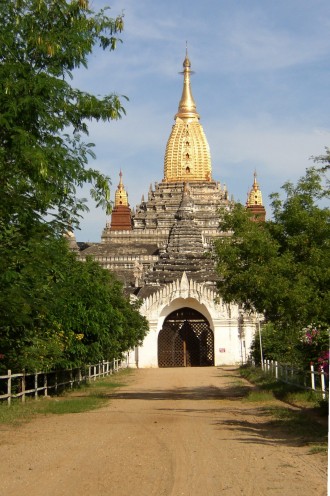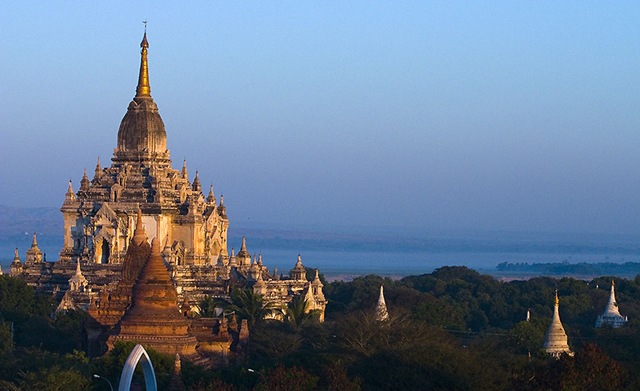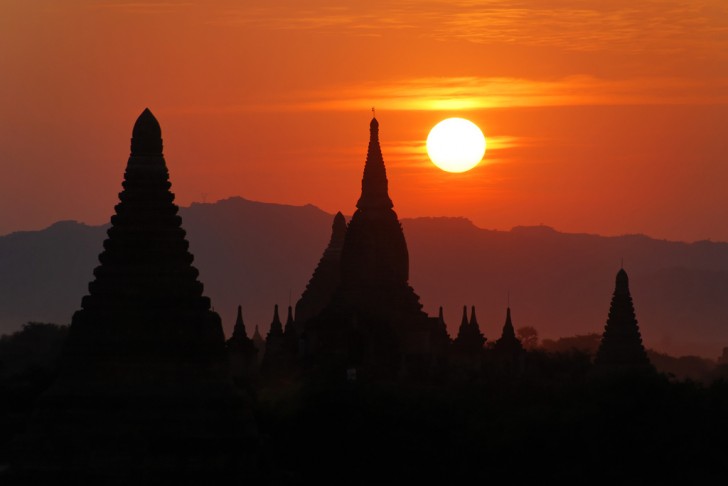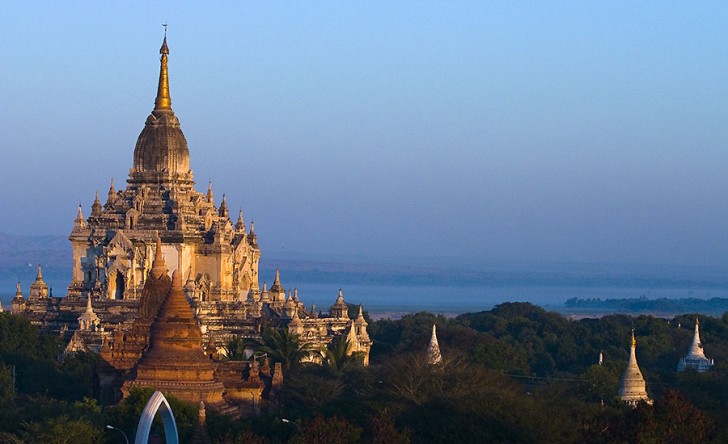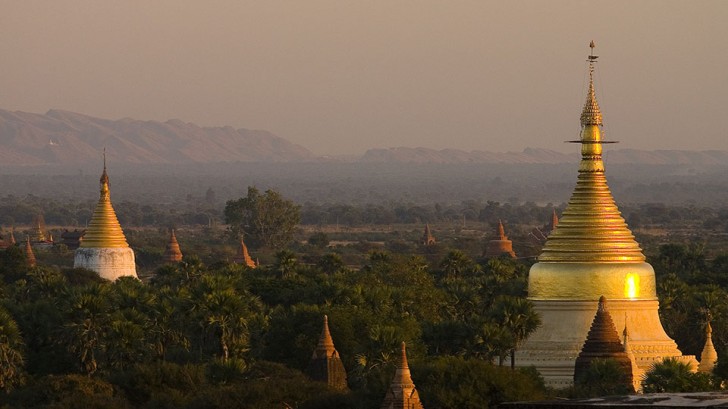Ayeyarwaddy Region
Ayeyarwaddy Region covers the deltaic coast of the Ayeyarwaddy River. on
the northwest and west of this division are the Bay of Bengal and
Rakhine State, on the north and east is Bago Division, on the east is
the Yangon Division, and on the south is the Andaman Sea.
Area & population
The division with an area of 13,567 square miles has a population of
about 4,991,057, made up of Sagaw Karens, Po Karens, Chins, Myanmars,
Rakhines and Shans. It is organized in 26 Townships, 2,129 Wards and
Village Tracts, with Pathein as its capital.
Resources
The division is the top paddy producer in the country as such is
commonly known as the granary of Myanmar. Click here for a larger
viewAgriculture is the main occupation of the people.
The fertile alluvial soil of the delta region enables cultivation of
paddy, groundnut, sesame, coconut, banana, jute, tobacco, chilli,
onions, pulses and tapioca.
The division is criss-crossed with rivers and lakes, is a major producer
of fish-paste, dried fish and dried prawns. The Inyegyi Fishery is
famous for its scenic beauty. In addition to fresh water fishery, the
division is also engaged extensively in sea-fishing and salt-making
industries.
Capital
The capital city of Ayeyarwaddy Region is Pathein, which is famous for
the Pathein umbrella and Pathein Halawar (greasy rice cakes). Now the
new road linking Pathein to Sagaing division (Monywa, Kale, etc.) has
being developed. The road passes the plain of Magwe division between the
Ayeyarwady river and the western hills of Rakhine and Chin states.
Relaxation Spots
Relaxing spots like Ngwe Saung Beach and Chaung Thar beach lies in
this division. These beaches are along the coast of the Bay of Bengal.
It is about only 4 hrs drive from Yangon, and easily accessible by car.
Those beached are beautifully located between the sea and the lower
hills of Rakhine range.

A Myanmar Couple |
 |
